We weren't expecting it, and it just appeared by surprise: the Raspberry Pi 5 was announced late last week by the foundation of the same name. Highly appreciated by all DIY enthusiasts, this new, more powerful and comprehensive version is sure to make even more people happy. But let's take a look at what's new…
A more powerful Raspberry Pi 5
With each new hardware update, the Raspberry Pi has become more powerful. This V5 is no exception, as it is announced to be 2 to 3 times more powerful than the V4, which was already a small monster. This Raspberry Pi 5 is powered by a quad-core ARM Cortex-A76 processor clocked at 2.4 GHz. This 64-bit CPU features 512 KB of L2 cache per core and a shared 2 MB L3 cache. All this is supported by 4 or 8GB of memory (two versions of the RPI 5 are actually available for sale).
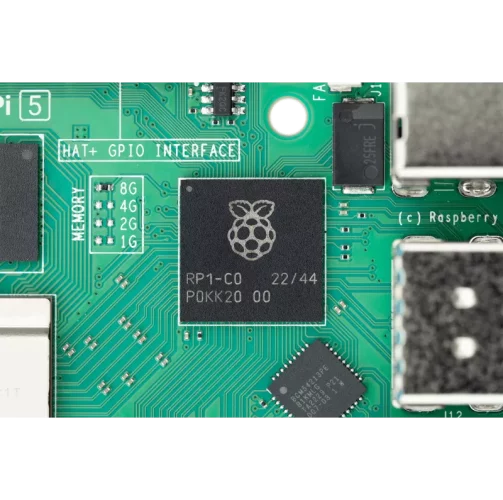
This power also extends to the graphics department, since this Raspberry Pi 5 uses a VideoCore VII GPU clocked at 800MHz. This RPI 5 also features two 4Kp60 micro-HDMI outputs, which even allows for multi-screen operation! The Raspberry Pi is no longer limited to DIY robotics projects, but can truly serve as a real desktop PC worthy of the name!
Interesting detail: you probably remember the RPI shortage we experienced for several months? The Covid crisis has indeed led to a long-term shortage of all kinds of components. It's not surprising that it took four years for this new version to arrive, since the release of V4. To avoid such inconveniences, the foundation has decided to produce its silicon chips in-house!
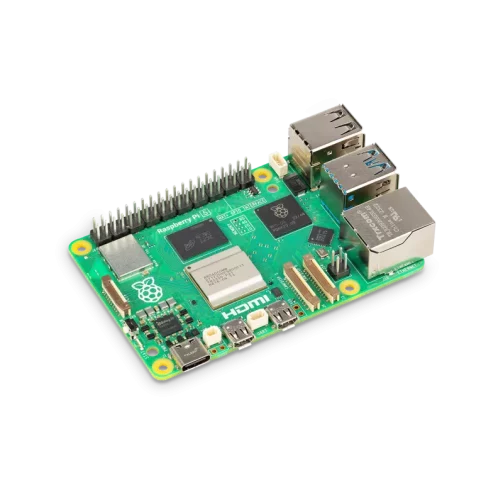
A more complete Raspberry Pi 5
In addition to this new dual HDMI connection, the Raspberry Pi 5 also (finally) features a power button and an RTC clock. The power button was sometimes sorely lacking, prompting manufacturers to launch their own remote button to plug into the RPI's GPIO terminals. The RTC clock, on the other hand, allows the time and date to be retained, even without an internet connection, and even after a reboot, just like our PCs have had for decades. This may seem simple, but it could cause serious problems in certain applications, disrupted by this incorrect date. The designers also included a dedicated connector on the board, which will allow the use of a backup battery to safeguard the RTC module.
Finally, note the presence of a new fan connector. A cooling system could sometimes be necessary depending on the RPI 4's usage. It was then possible to connect a fan to the GPIO terminals to power it. These terminals can now be used for something else, since the fan has its own connector!
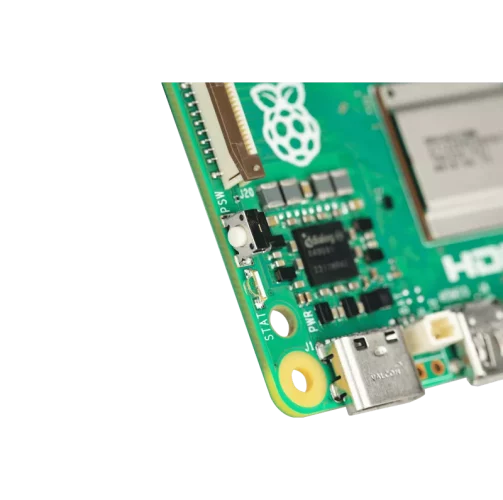
But still a microSD!!

Yes, that's a bit of a letdown, because the foundation still insists on using a microSD, which, as we know, poses many problems if the installed system performs a lot of writes, as is the case with a home automation system.
Okay, be careful, we're still switching to a high-speed microSD port (SDR104). We would have liked to at least be able to use eMMC memory, like on Khadas cards, for example. But no! So we'll have to continue using an SSD if we want a reliable system. No Wi-Fi 6 either; you'll have to make do with Wi-Fi 5.
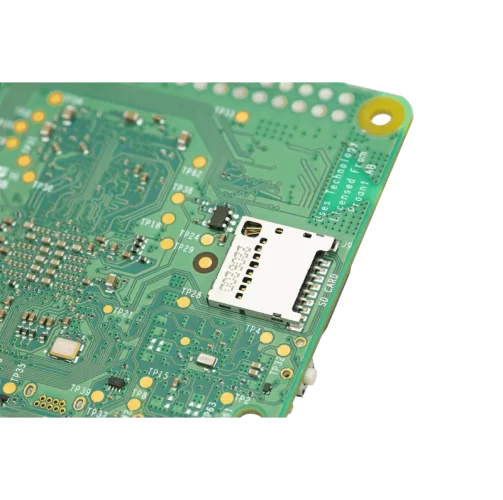
Full specifications: 2.4 GHz quad-core 64-bit Arm Cortex-A76 processor with cryptography extensions 512 KB of L2 cache per core 2 MB of shared L3 cache
VideoCore VII GPU, supporting OpenGL ES 3.1, Vulkan 1.2
Dual 4Kp60 HDMI® display output with HDR support
- 4Kp60 HEVC decoder
- LPDDR4X-4267 SDRAM (4GB and 8GB available at launch)
- Dual-band 802.11ac Wi-Fi®
- Bluetooth 5.0 / Bluetooth Low Energy (BLE)
- MicroSD card slot, with support for high-speed SDR104 mode
- 2x USB 3.0 ports, supporting simultaneous 5Gbps operation
- 2x USB 2.0 ports
- Gigabit Ethernet, with PoE+ support (requires a Pi5-specific PoE+ HAT)
- 2x 4-lane MIPI camera/display transceivers
- PCIe 2.0 x1 interface for fast peripherals (requires a separate M.2 HAT or other adapter)
- DC power 5V/5A via USB-C, with Power Delivery support
- Standard Raspberry Pi 40-pin GPIO connector
- Real-time clock (RTC), powered by an external battery (available separately)
- Power button
- For even more technical details and initial tests, I invite you to read the presentation by our friend François on his website Framboise314, who was lucky enough to receive a copy before everyone else!
- Pre-orders open for delivery at the end of October
- In France, the leader in the field for everything related to RPIs is, of course, Kubii. The store already has the Raspberry Pi 5 available for pre-order, for delivery at the end of October (don't bother looking, it will be the end of October for everyone, regardless of the distributor). A new version of the OS, called Bookworm, will also be released at this time, allowing you to take full advantage of the Raspberry Pi 5's new features. But you'll still be able to install any OS you like, whether it's Linux, Android, Windows 11 ARM, etc. The 4GB version is available for €70, and the 8GB version will cost €96.60. It's a far cry from the $35 microSD card launched in 2012, but the power is also a far cry from the previous generation!




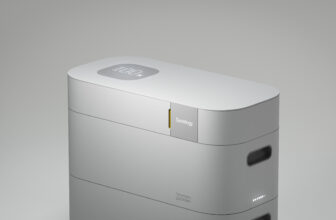

Please remain courteous: a hello and a thank you cost nothing! We're here to exchange ideas in a constructive way. Trolls will be deleted.